Rice Green Leafhopper (GLH) is considered as a major pest of rice in South East Asian countries. Besides its pest nature, it transmits a number of diseases of rice particularly Rice Tungro Virus (RTV). In West Bengal it is also a predominating pest of rice as well as vector of RTV. While doing his Ph. D. degree, author worked on “Studies on the ecology of rice green leafhoppers, Nephotettix virescens DISTANT and Nephotettix nigropictus STAL ( Homoptera: Cicadellidae) in West Bengal”. The present study was conducted in RESEARCH ASSOCIATESHIP (CSIR Award No. 9/319(74)/91-EMR-I; dated 02.01.1992) under the guidance of Dr. Sankar Mukhopadhyay, Professor of Plant Pathology and In-Charge, Plant Virus Research Centre at PLANT VIRUS RESEARCH CENTRE, DEPARTMENT OF PLANT PATHOLOGY, FACULTY OF AGRICULTURE, BIDHAN CHANDRA KRISHI VISWAVIDYALAYA (Agricultural University), KALYANI-741235, NADIA, WEST BENGAL, INDIA during 16th January, 1992 to 15th April, 1993 on “INTRA-SPECIES DIFFERENTIATION IN Nephotettix virescens DISTANT, PRINCIPAL VECTOR OF RICE TUNGRO VIRUS” under the Broad subject area Plant Agriculture.
Objectives in undertaking this research were i) To study the morphometric, physiologic (honey dew secretion) and behavioural difference in different Nephotettix virescens collections with a view to develop a concrete knowledge on the environmental management of tungro disease of rice; ii) To develop biodiverse lines of non-active transmitters to ensure the availability of parents with desirable characters and iii) Quantitative and qualitative difference of the individuals of Nephotettix virescens in the progress of tungro spread by serological technique.
The present work has applied importance in the field of Integrated Pest Management- Once appropriate line of Inactive insect (vector of rice tungro virus) is developed; it would be a patentable one according to the current intellectual property right. Further study on this aspect deserves supports to continue the work on biodiversity of GLH to control tungro disease of rice.
It is affirmed that the author has devoted his full time to research during this period and that he did not take up any other paid or unpaid work without taking written permission from CSIR. The author is lucky enough on having much appreciation and recognition from his eminent guide, Professor SANKAR MUKHOPADHYAY who expressed his satisfaction.
Lastly the author wishes to convey his good wishes to all researchers who are working on GLH and RTV throughout the world and will be grateful on seeing this report becomes helpful in their study. A line of constructive criticism in this regard will be highly appreciated.

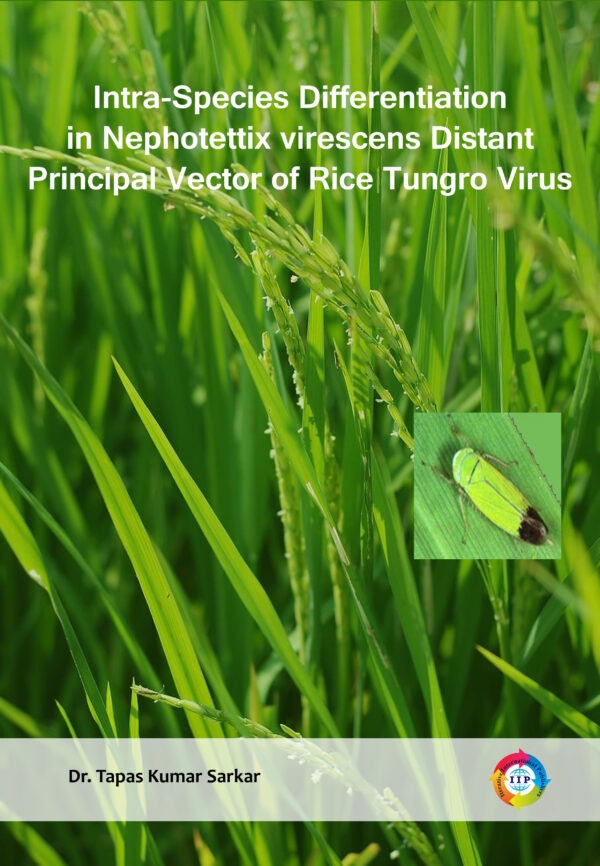
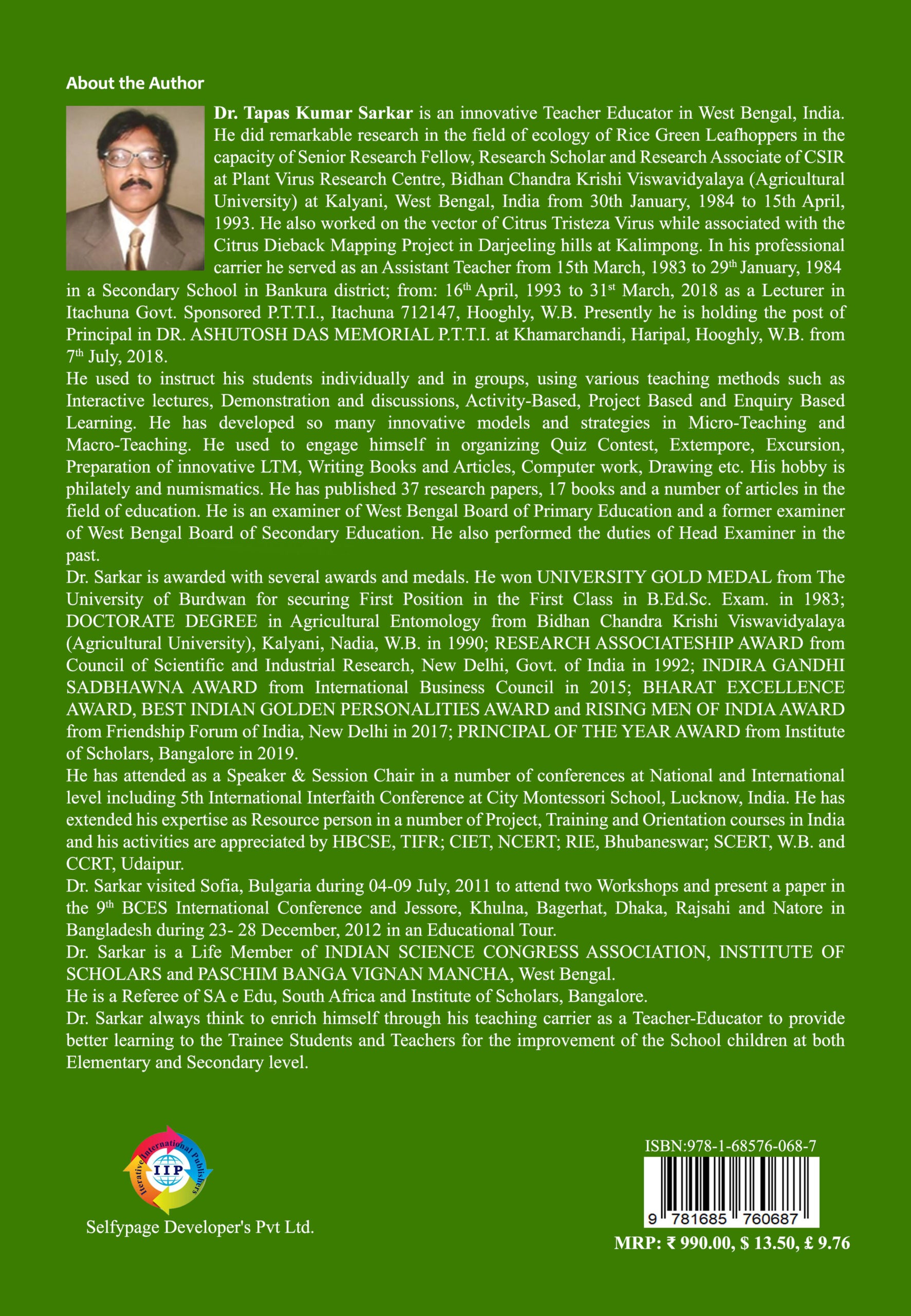
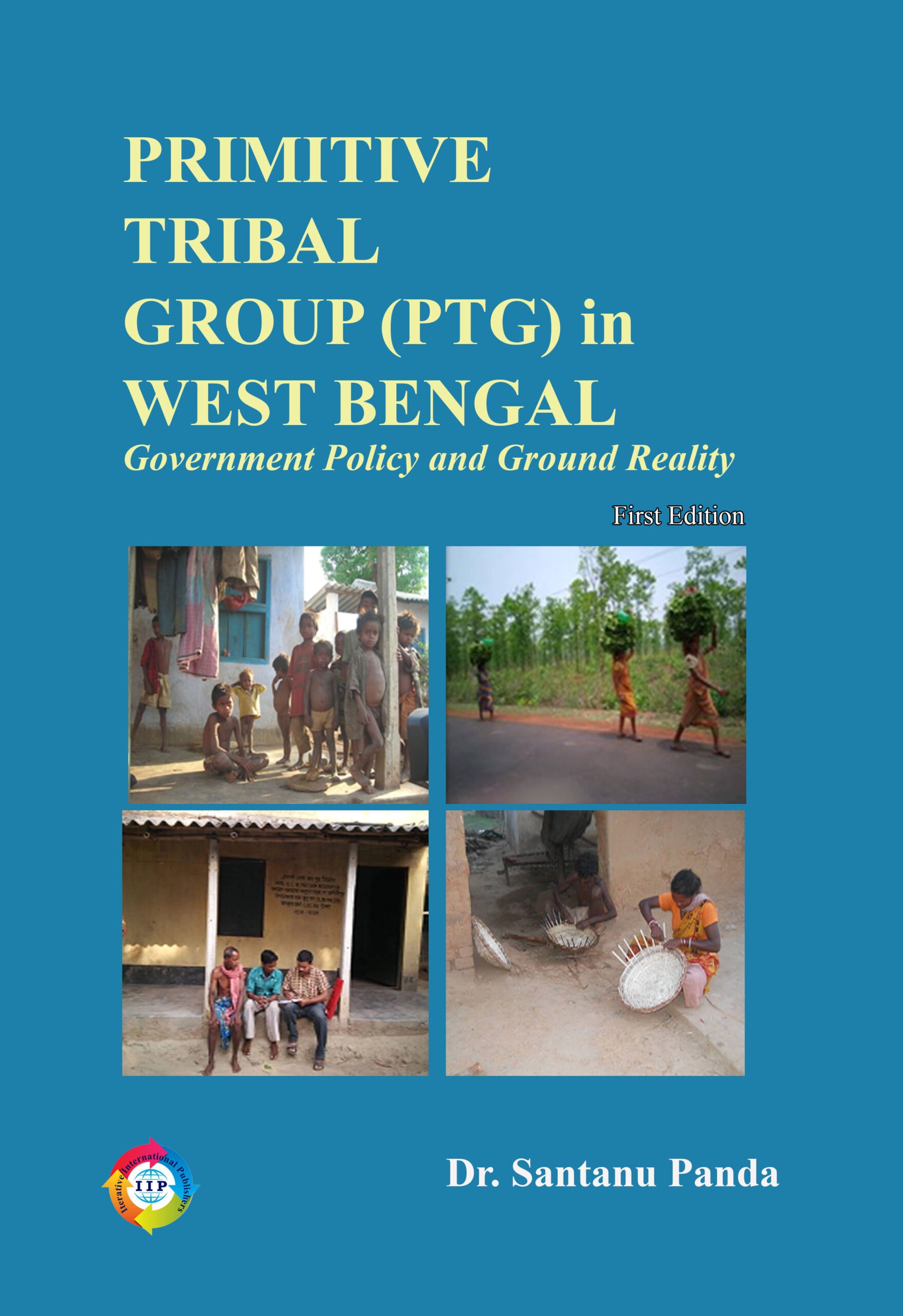
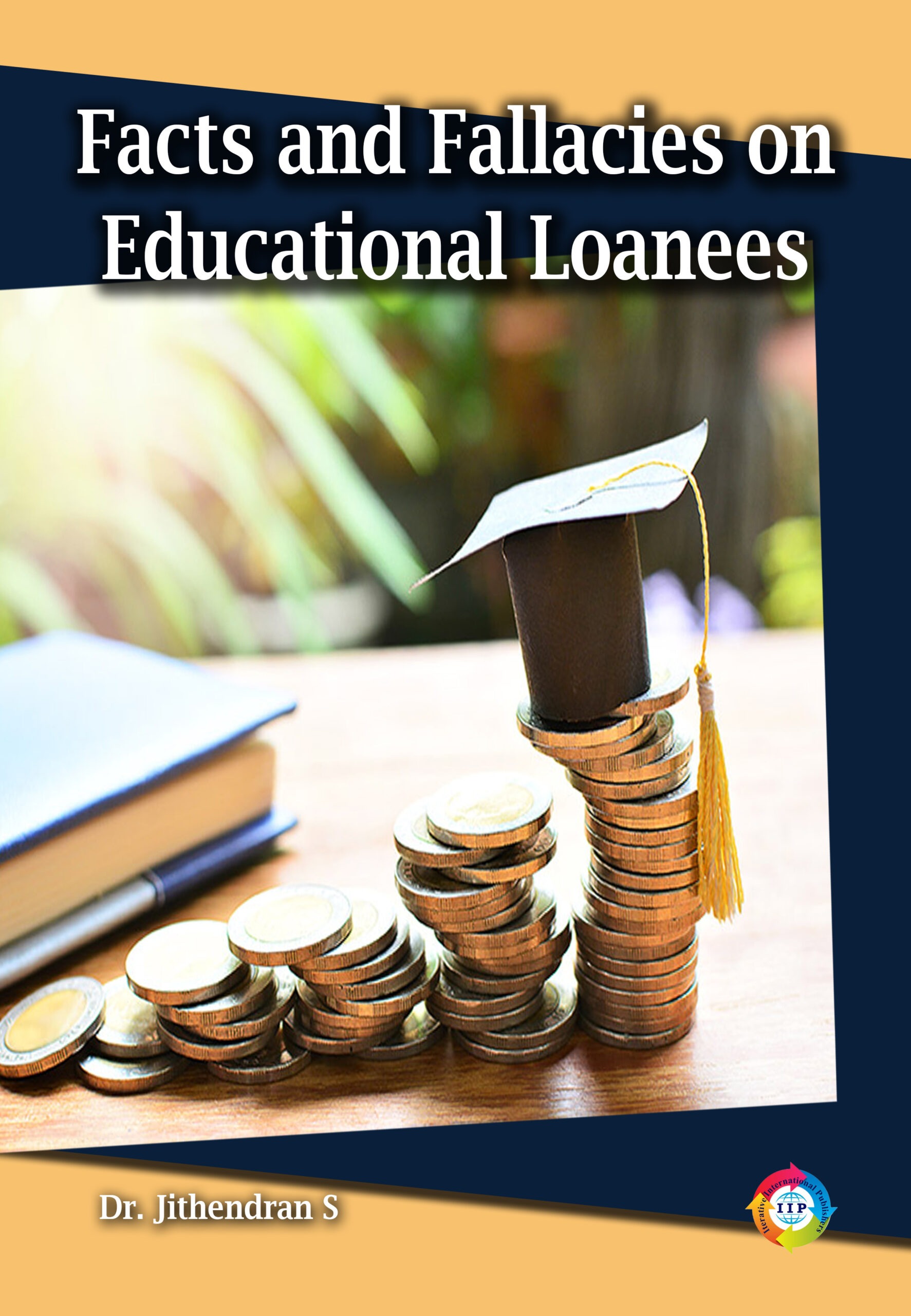
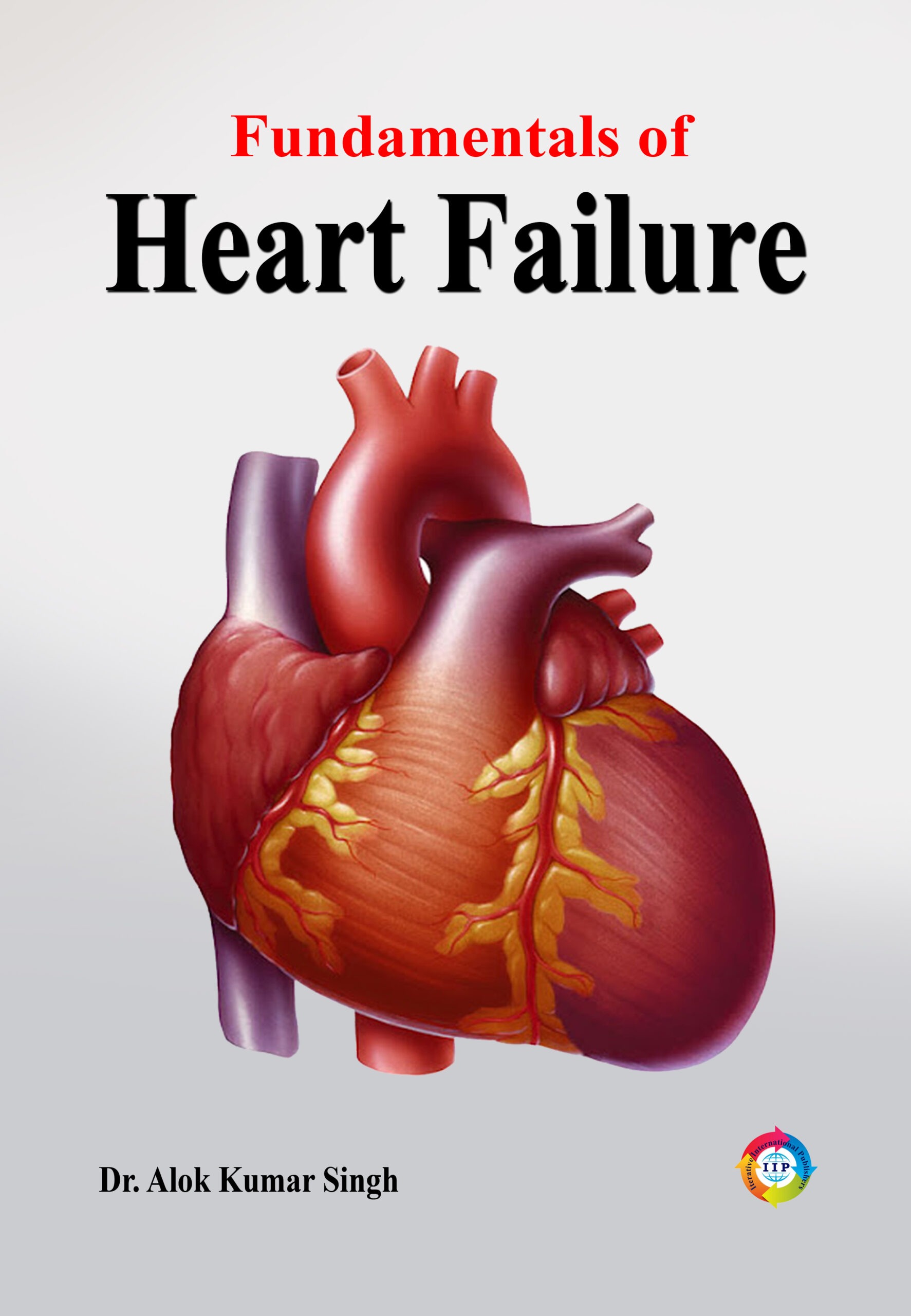
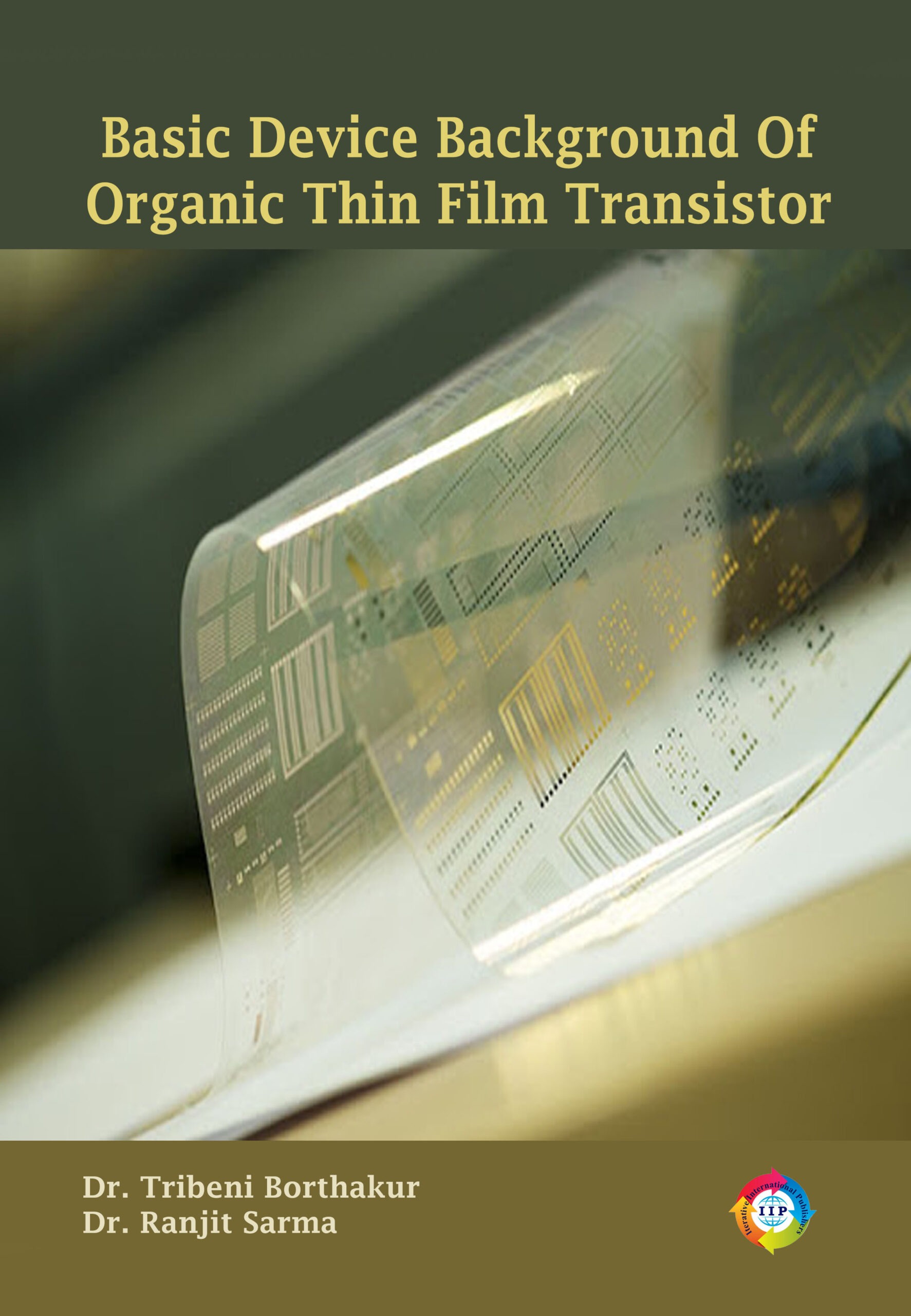


Reviews
There are no reviews yet.